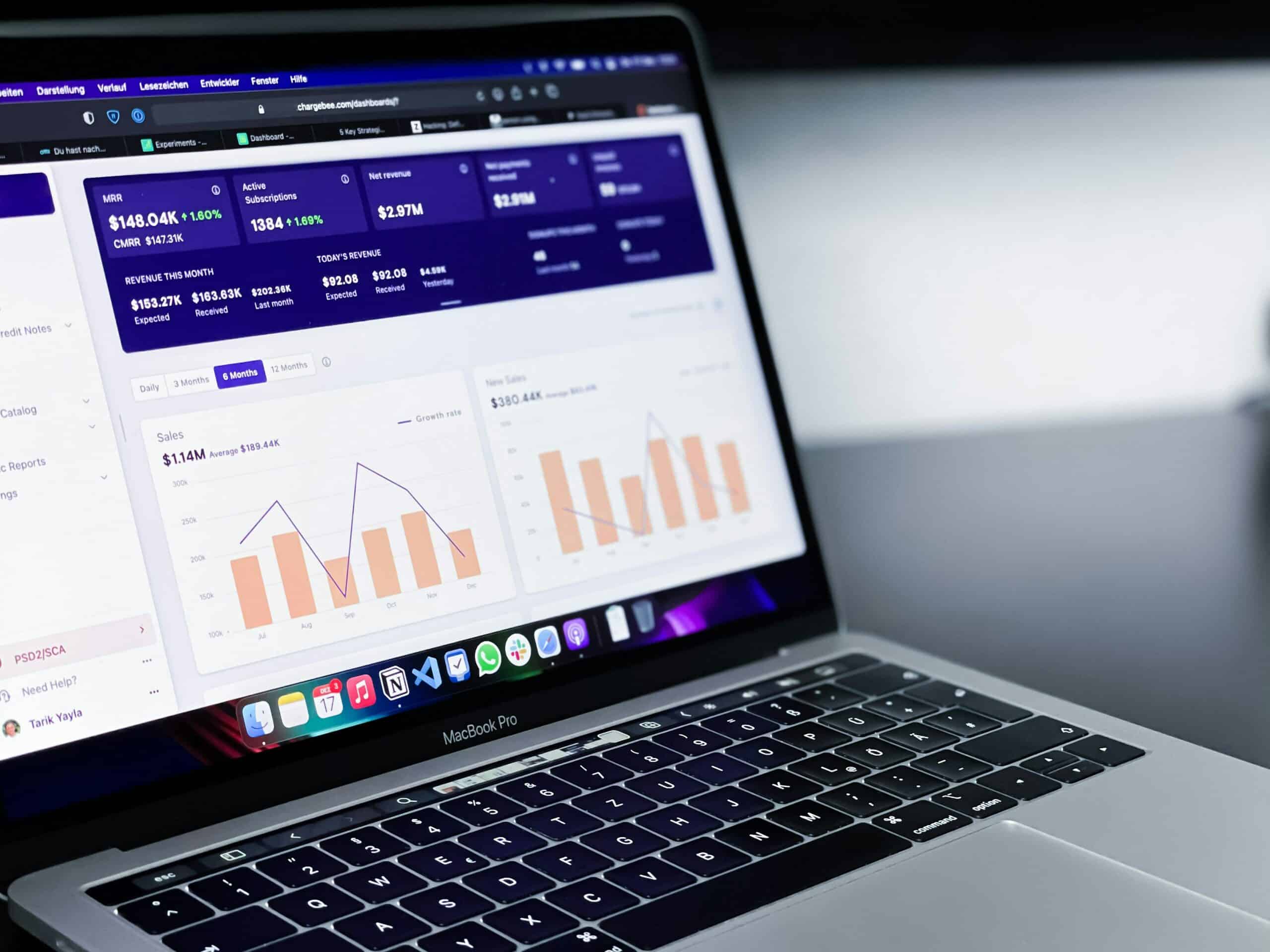In the ever-evolving world of digital marketing, small businesses, and nonprofits must continually adapt to stay ahead of the curve and stand out in a competitive landscape. As the use of artificial intelligence (AI) technologies becomes increasingly widespread in marketing, harnessing the power of AI-driven predictive analytics offers organizations an opportunity to revolutionize their marketing strategy for a more effective and results-driven approach.
Predictive analytics is the process of using data, algorithms, and AI-driven machine-learning techniques to forecast and predict future outcomes and trends. By analyzing historical and real-time data, AI-powered predictive analytics can uncover patterns, relationships, and trends, providing valuable insights to inform and optimize your marketing strategy. By leveraging these insights, small businesses can make precise, data-driven decisions to allocate resources effectively, identify growth opportunities, and create targeted marketing campaigns that resonate with their target audience.
In this blog, we’ll explore AI-driven predictive analytics’ potential for small business marketing success and share essential strategies for harnessing its power for maximum impact. We aim to empower and accelerate small businesses and nonprofits on their journey to digital glory, providing you with cutting-edge insights and guidance on innovative AI and digital marketing trends.
Understanding AI-Driven Predictive Analytics in Digital Marketing
1. Data Mining and Pattern Recognition
At the core of AI-driven predictive analytics lies the practice of data mining and pattern recognition. By analyzing vast amounts of historical and real-time data, AI algorithms can identify correlations, trends, and hidden patterns that would otherwise go unnoticed. These insights can help small businesses and nonprofits fine-tune their marketing strategies for better results.
2. Machine Learning and Dynamic Optimization
Machine learning, a subset of artificial intelligence, enables the continuous improvement of predictive analytics models. As new data becomes available, AI-driven predictive analytics can iteratively fine-tune and optimize campaigns, targeting strategies, and performance predictions for maximum impact and effectiveness.
3. Enhancing Customer Segmentation and Personalization
By leveraging AI-driven predictive analytics, small businesses can segment their target audiences more effectively and create personalized marketing campaigns. With a deeper understanding of customer behavior, preferences, and triggers, organizations can deliver highly targeted messages that resonate with customers and drive desired outcomes.
Key Applications and Benefits of AI-Driven Predictive Analytics for Small Businesses
1. Customer Lifetime Value (CLV) Prediction
Predictive analytics can estimate the Customer Lifetime Value (CLV), allowing marketers to identify high-value customers and tailor their marketing efforts accordingly. Focusing resources on high-CLV customers can increase retention and profitability for small businesses.
2. Churn Prediction and Prevention
Identifying customers at risk of churn before they leave your business is essential for mitigating revenue loss and preserving customer relationships. AI-driven predictive analytics can help small businesses identify at-risk customers and develop strategies to re-engage and retain them.
3. Demand Forecasting and Inventory Management
AI-driven predictive analytics can provide valuable insights into future demand trends, facilitating better inventory management and resource planning. Accurate demand forecasting allows small businesses to optimize their supply chain, reduce waste, and ensure products are available when customers need them.
3. Sentiment Analysis and Brand Reputation Management
By leveraging AI’s natural language processing (NLP) capabilities, predictive analytics can help analyze customer sentiments toward a brand from online reviews, social media comments, and other sources. Small businesses can use this information to address concerns, make improvements, and boost their reputation in the marketplace.
Implementing AI-Driven Predictive Analytics in Your Small Business Marketing Strategy
1. Invest in the Right Tools and Technologies
The first step in implementing AI-driven predictive analytics is identifying the right tools and technologies to support your needs and goals. Numerous predictive analytics and AI-based platforms are available, with varying features, capabilities, and pricing structures. Select a tool that aligns with your small business’s objectives and resources.
2. Integrate with Existing Data Sources
To achieve accurate predictions and actionable insights, it’s critical to integrate your AI-driven predictive analytics platform with your existing data sources. This can include your CRM system, website analytics, social media data, and more. Ensuring seamless data integration allows the AI algorithms to work with the most comprehensive and accurate information.
3. Foster Collaboration Between Marketing and Data Teams
Close collaboration between your marketing and data teams is essential to optimizing the use of AI-driven predictive analytics. Combining the expertise of both teams ensures that the insights generated by the AI algorithms translate into effective marketing campaigns and strategies.
4. Continuously Monitor and Measure Performance
After implementing AI-driven predictive analytics into your marketing strategy, regularly monitor and measure its performance. By tracking key performance indicators (KPIs) and metrics, you can identify areas for improvement, validate ROI, and make data-driven decisions to optimize your marketing strategy further.
Key Considerations and Challenges for Small Businesses
1. Data Quality and Accuracy
The accuracy and reliability of AI-driven predictive analytics depend on the quality and completeness of the data it processes. Small businesses should prioritize maintaining clean, accurate, and up-to-date data to obtain reliable insights and predictions.
2. Data Privacy and Security
As AI-driven predictive analytics leverages vast customer data, small businesses must comply with relevant data protection and privacy regulations. Implementing robust cybersecurity measures and following best practices to protect sensitive information is vital.
3. Keeping Up with Evolving AI Technology
AI-driven predictive analytics is a rapidly evolving field. As technology continues to advance, small businesses must stay current with industry trends, best practices, and AI innovations to harness predictive analytics’ full potential for their marketing strategies.
Accelerate Growth and Success with AI-Driven Predictive Analytics
AI-driven predictive analytics presents a transformative opportunity for small businesses and nonprofits to optimize their marketing strategies and achieve digital glory. By harnessing the power of AI and data-driven insights, organizations can create targeted, innovative campaigns that drive success, customer satisfaction, and growth. Partner with the Truax Marketing Solutions team to stay ahead of the curve and capitalize on this cutting-edge technology. Our experts can guide your organization to unlock AI-driven predictive analytics’ full potential, ensuring lasting success and exceptional results. Contact our DC digital marketing agency today!

